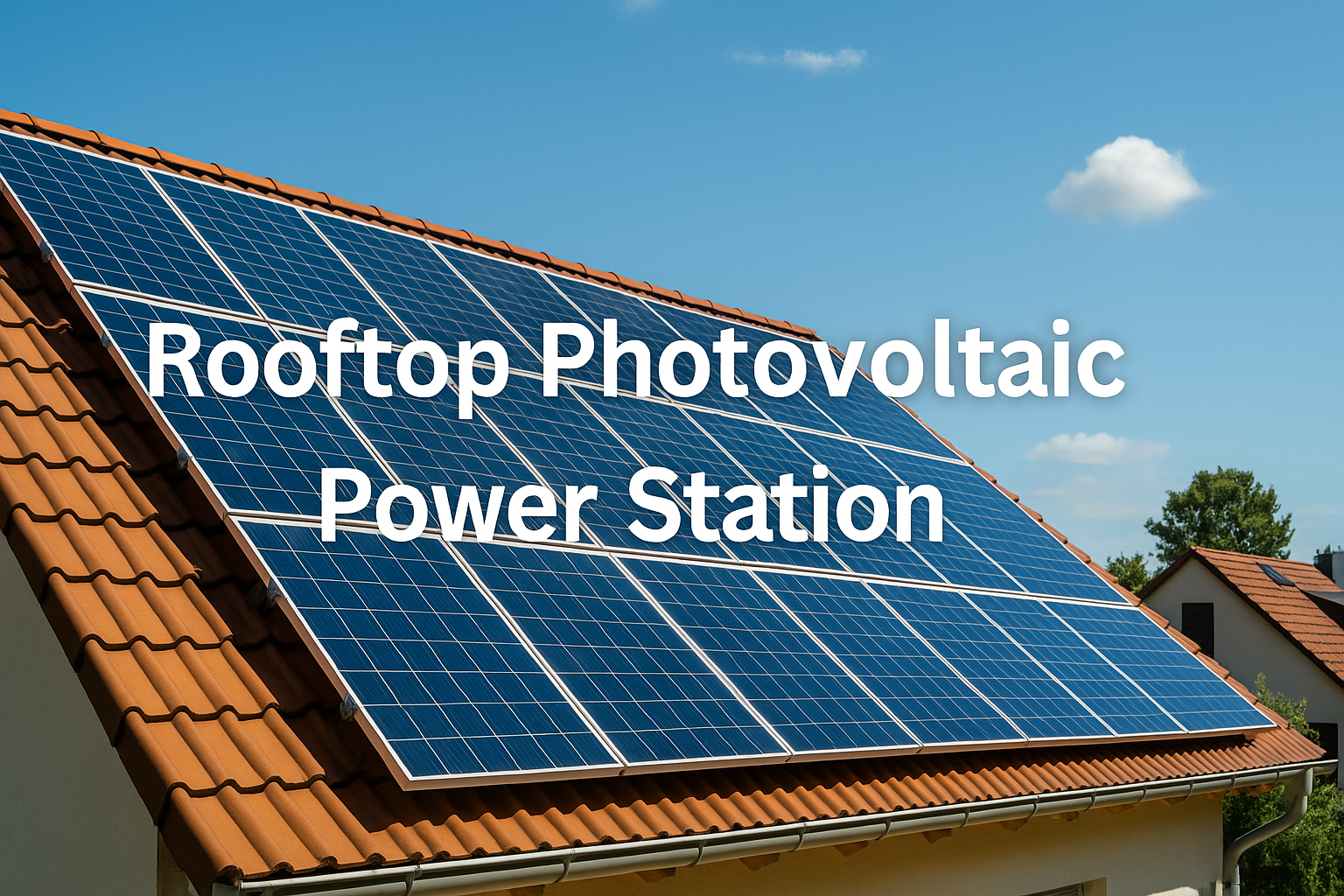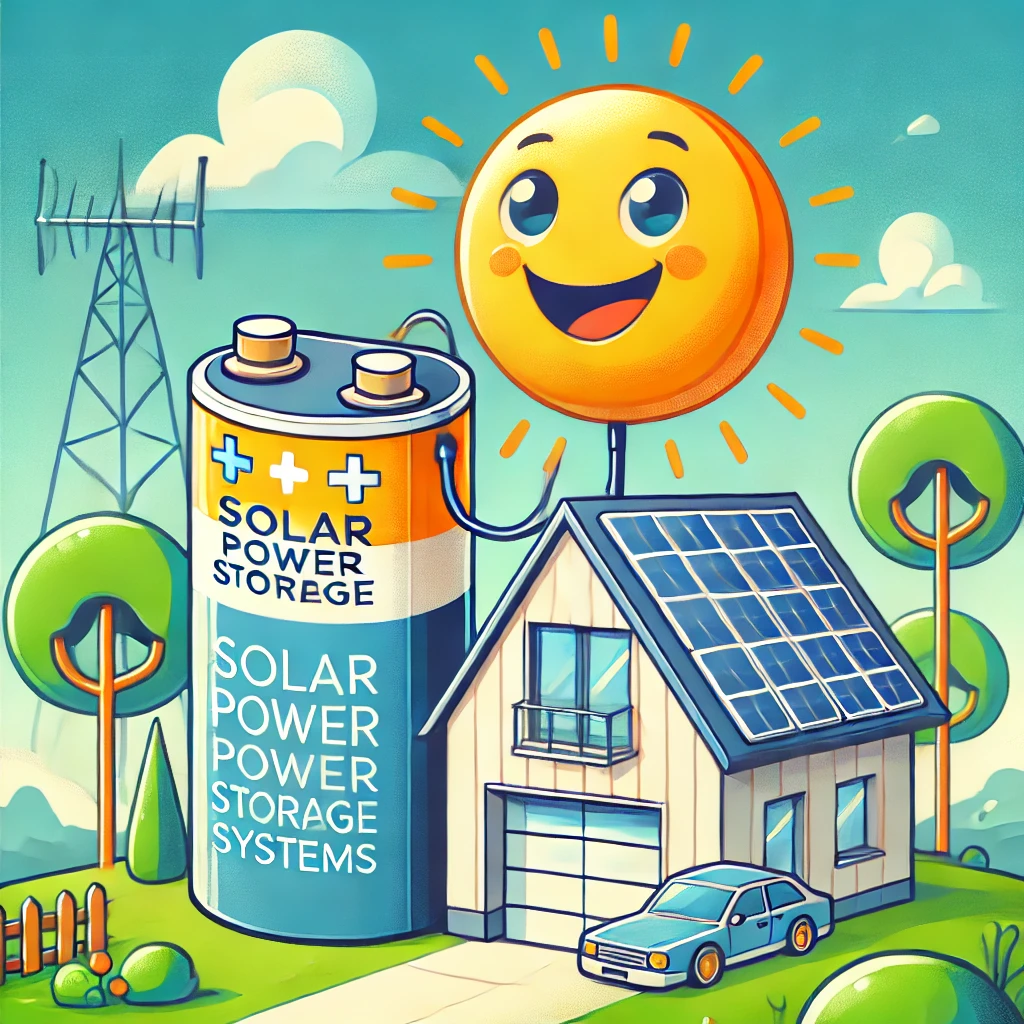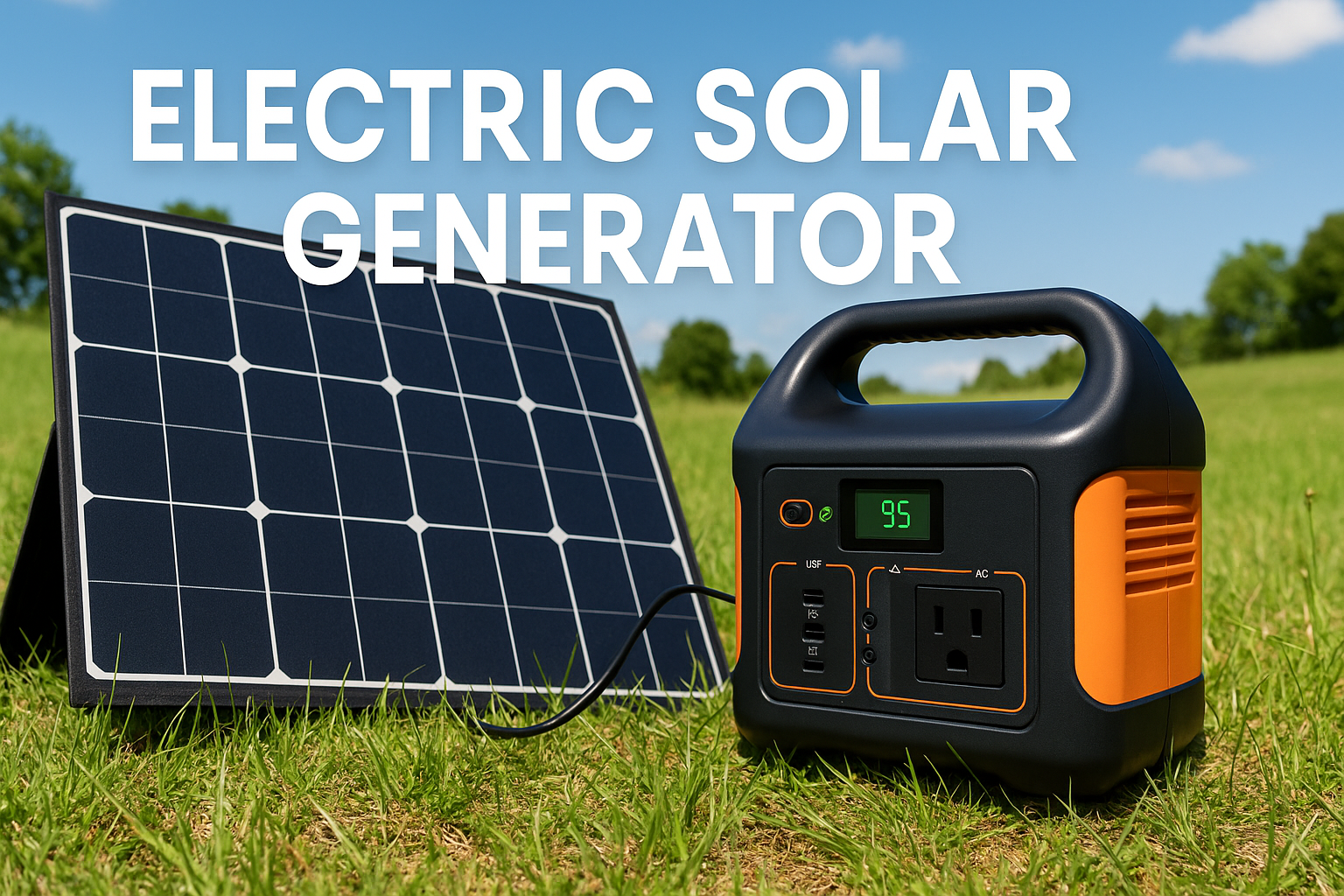The future of energy is renewable—and at the forefront of that movement are rooftop photovoltaic (PV) power stations. With rising electricity costs and growing environmental concerns, more homeowners and businesses are turning to rooftop solar installations to harness the sun’s power. In this comprehensive guide, we’ll explore everything from how rooftop PV systems work, their benefits and limitations, installation processes, financial incentives, and how to choose the right system for your needs.
A rooftop photovoltaic (PV) power station refers to a solar energy system installed on the roof of a building. It uses solar panels to convert sunlight into electricity for use within the building or to feed into the power grid.
These systems are typically grid-tied but can also be designed for off-grid or hybrid setups with energy storage solutions like batteries.
There are three main configurations:
Solar panels capture sunlight and convert it into direct current (DC) electricity. An inverter then changes it into alternating current (AC), which powers home or business appliances.
If you produce more power than you consume, the surplus goes back to the grid or into storage (depending on system type).
Businesses are increasingly adopting solar for cost savings, sustainability goals, and brand reputation.
Industrial and large commercial systems may also use microgrids and load management software for increased efficiency.
Rooftop photovoltaic power stations offer a clean, reliable, and cost-effective energy source for both residential and commercial applications. With decreasing costs, improving technology, and supportive policies, solar power has never been more accessible.
Whether you’re aiming to reduce your carbon footprint, lower energy bills, or gain energy independence, installing a rooftop PV system is a future-proof investment in both sustainability and financial stability.




